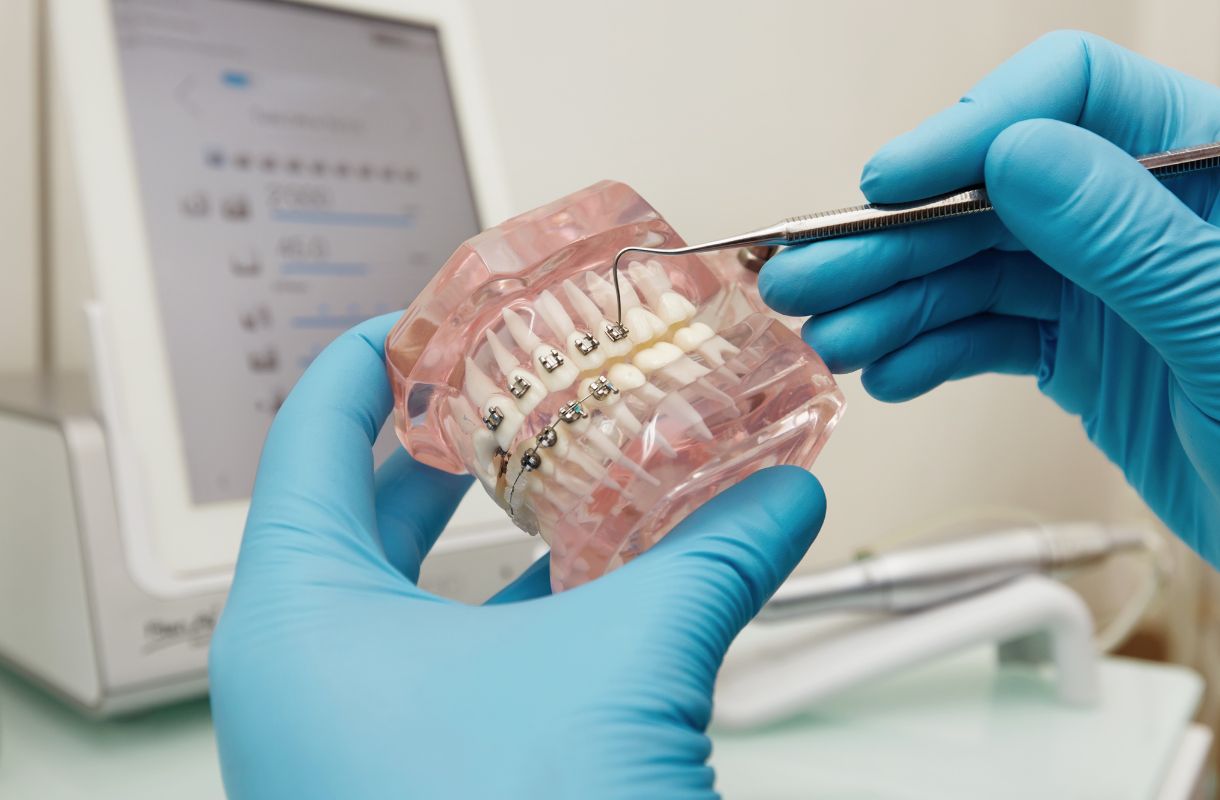What is
Dental Bonding?
Dental bonding is a minimally invasive procedure that uses a composite resin material to restore or improve the appearance of teeth. The resin is carefully applied and sculpted to the tooth’s surface, then hardened with a special light to bond it securely. This procedure is ideal for minor cosmetic adjustments and is often completed in a single visit.
Benefits of Dental Bonding
- Cost-Effective: Dental bonding is generally less expensive than other cosmetic procedures like veneers or crowns.
- Quick Procedure: The process usually takes 30 to 60 minutes per tooth and can often be completed in one visit.
- Minimally Invasive: Unlike veneers or crowns, bonding typically requires little to no removal of the tooth’s enamel.
- Aesthetic Improvement: The composite resin can be color-matched to your natural teeth, providing a seamless and natural appearance.
The Dental Bonding Procedure
Here are the steps involved in the dental bonding procedure:
1. Initial Consultation
During the initial consultation, the dentist will examine your teeth and discuss your aesthetic goals. They will determine if dental bonding is the appropriate treatment for your needs.
2. Tooth Preparation
The dentist will select a composite resin color that closely matches your natural teeth. The tooth surface is then roughened slightly, and a conditioning liquid is applied to help the bonding material adhere.
3. Application of Bonding Material
The dentist applies the resin to the tooth, molding and shaping it to achieve the desired appearance. The resin is then hardened using a special curing light.
4. Finishing Touches
Once the resin is set, the dentist will trim, shape, and polish it to match the sheen of the rest of the tooth surface, ensuring a natural look and feel.
Aftercare for Dental Bonding
Proper aftercare is essential to maintain the appearance and longevity of dental bonding:
- Oral Hygiene: Maintain regular brushing and flossing to prevent staining and decay around the bonded area.
- Avoid Hard Foods: Be cautious with hard or sticky foods that could chip or damage the bonding material.
- Regular Dental Check-ups: Schedule regular visits to your dentist to monitor the condition of the bonded teeth and address any issues promptly.
Advantages and Limitations of Dental Bonding
Dental bonding has many advantages and limitations, includes:
Advantages
- Versatility: Bonding can address a variety of dental issues, including gaps, chips, and discoloration.
- Reversible: The procedure is reversible, as it typically requires minimal alteration to the natural tooth structure.
Limitations
- Durability: Bonding materials are not as strong as natural teeth or other restorative options like crowns, and they may chip or break.
- Staining: Composite resin can stain over time, especially if exposed to coffee, tea, or tobacco.
FAQs
Dental bonding typically lasts between 3 to 10 years, depending on the location of the bonded tooth, oral habits, and care.
Bonding material does not respond to whitening treatments, so it’s advisable to whiten your teeth before bonding if desired.
The procedure is generally painless and does not usually require anesthesia unless bonding is used to fill a decayed tooth.
Yes, bonding can be used to close small gaps between teeth, providing a more uniform appearance.
Bonding is less expensive and quicker than veneers but may not last as long or provide the same level of durability.
General Dentistry
Get In Touch With Us
+91 7702425551 - Hitech City
Book An Appointment
Book a visit to Smiline, simply fill out the form below and we will contact you back regarding the intervention you require.



